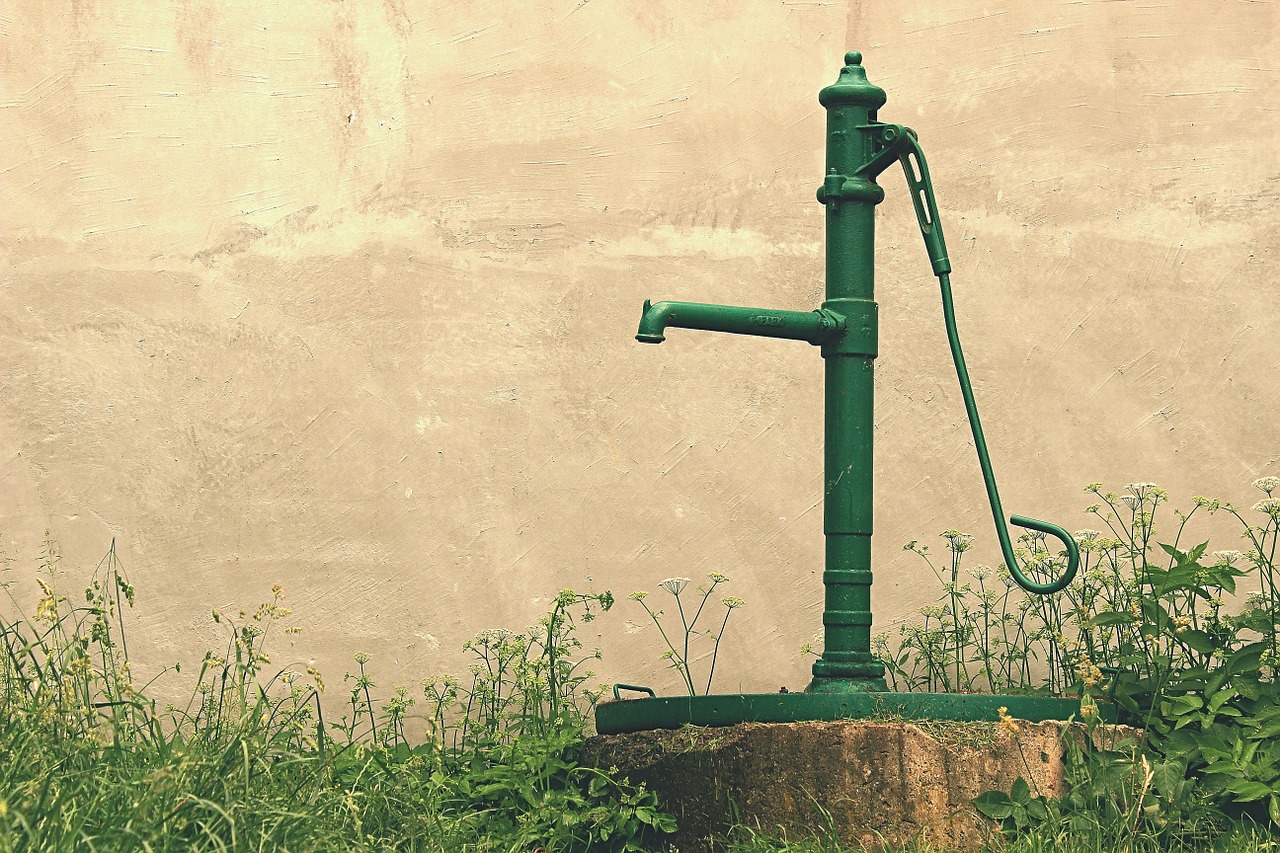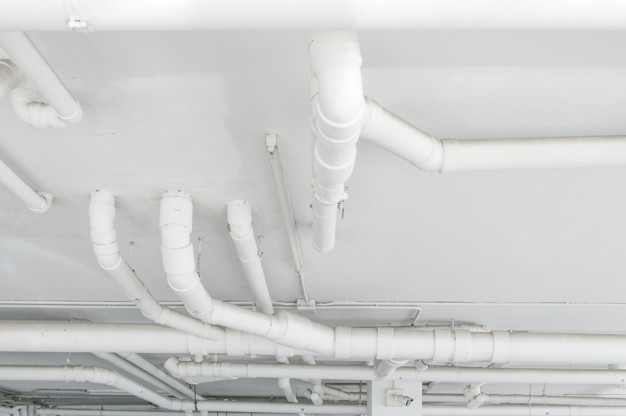Tap water is a standard in every home both cold and warm. However, for this to happen, you must first take care of a properly designed and water installation responsible for the supply of water to our home.
A water supply system also called a water supply, is a system in which pipes, fittings and devices used to supply the building with cold and hot utility water are connected. Such an installation is also responsible for the quality requirements (defined in regulations) to be met by water intended for human consumption.

Water Supply
The water installation is divided into the internal water supply part, i.e. installed inside the building, and its external part – led outside the building to the water supply connection. The whole is part of the water supply network on a larger scale, e.g. within the city commune. The water supply system is one of the basic sanitary installations in every building (the border between the installation and the network is the main water meter, and in the case of a well, the contractual limit is the pump responsible for obtaining the pressure appropriate to the flow of water in the installation).
External water supply lines are laid on a sand bed with a minimum thickness of 10 cm. With a slope of not less than 0.4% towards the street conduit. The trench should be routed in such a way that the installation is below the ground freezing depth. Increased by 0.4 m as a safety factor. However, it is recommended not to be shallower than 1.6 m and not deeper than 2.5 m. Adequate distances from other devices. And connection networks (1.5 m from parallel sewage and gas lines, 80 cm from power supply cables and half a meter from telecommunications cables). It is also necessary to leave a space 2 meters wide free of trees and shrubs.
Sanitary Installation In A Detached House
Sanitary installations are designed to distribute such media as water, gas, air, and to remove sewage and pollutants from buildings. In every building equipped with basic connections, there is also a water supply system. The set of construction installations includes elements inside and outside the building. And all technical requirements are specified in the relevant legal regulations.

Water installation
The water installation consists of several elements that are interconnected and form a common system. The basic elements are:
- Linear elements such as pipes (conduits), whose task is to transport water and distribute it within the building. So that the appropriate pressure and water quality values are maintained. Within the pipes, fittings and fittings are used. Responsible for changing the direction of the pipes (90 ° and 45 ° elbows and bent bends with different radii). Connecting different sections and different diameters (reducing fittings – couplings, nipples, bends, elbows, tees) and more than two pipes (tees and tees)
- Elements for monitoring and controlling water flow. Such as regulating fittings – valves and cocks, safety fittings – filters, measuring fittings – water meters, tap fittings – tap valves. Additionally, conduit pipes are used, as well as insulating and sealing laggings.
Calling us ensures that your plumbing will be free of cracks and that your drain problems will be resolved.

